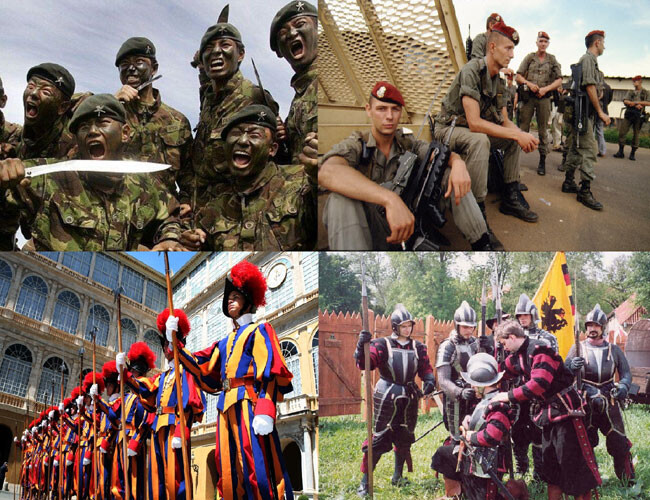
Singapore, grappling with a record low birth rate of 0.97 in 2024, faces the dual challenges of a shrinking workforce and a declining pool of conscriptable citizens. This demographic crisis threatens not only its economic vitality but also its national security. Singapore must, therefore, consider and adopt bold, internationally-informed strategies to maintain its defense capabilities and build its human capital.
Drawing inspiration from successful models in the United States, France, the United Kingdom, Spain, India, and the past experience of the Singapore Police Force’s Gurkha Contingent, Singapore can transform its manpower challenges into opportunities by expanding foreign recruitment.
The recent announcement by the Singapore Civil Defence Force (SCDF) of its plans to recruit foreigners to augment its emergency medical services personnel marks a significant step in this direction.
This strategy can be further enhanced by innovating military operations, fostering manpower innovation, and leveraging advanced technology to tap into new sources of human capital. By integrating cutting-edge technologies, Singapore can improve operational efficiency while attracting a diverse talent pool.
This approach not only bolsters manpower but also enriches the nation’s social fabric and ensures a sustainable workforce for the future by opening pathways for immigrant naturalization.
Learning from Success Stories: Global Recruitment Models
The French Foreign Legion
For nearly two centuries, the French Foreign Legion (FFL) has exemplified the integration of foreign nationals into a disciplined and loyal fighting force. With volunteers from over 150 countries undergoing rigorous training and earning citizenship through service, its diversity, coupled with strict regulations, proves that it enhances operational readiness.
Established in 1831 as a unique unit of the French Army to allow the enlistment of foreign nationals, it includes various specialties such as infantry, cavalry, engineers, and paratroopers. Historically, the Legion was part of the Armée d'Afrique, which supported France’s colonial expansion in North Africa until the end of the Algerian War in 1962.
In modern times, Legionnaires are recognized as highly trained soldiers. Their training regimen emphasizes traditional military skills and fosters a strong sense of camaraderie among its diverse members.
The training is physically demanding but also psychologically intense. Serving under a five-year contract, Legionnaires can apply for French citizenship after three years of service, or immediately if wounded in combat—a provision known as "Français par le sang versé" ("French by spilled blood").
In 2018, the Foreign Legion comprised around 7-8% of the total French Army strength, or 11% of its ground operational forces. It remains the only part of the French Army open to individuals of any nationality. While most Legionnaires still originate from European countries, there is an increasing number from Latin America and Asia. The majority of officers are French, but about 10% have risen through the ranks from non-commissioned officer roles within the Legion.
Its members come from 140 countries. Historically, recruits had to enlist under a declared name to help those seeking a new beginning. This policy was intended to ensure fairness among recruits. French citizens could also enlist under a fictitious foreign identity if they came from French-speaking countries such as Belgium, Canada, and Switzerland.
Since September 2010, recruits can enlist under their real or declared identity. After one year of service, those who enlisted under a declared name can regularize their identity. To apply for French citizenship after three years, Legionnaires must have served under their real name, have no legal issues, and have demonstrated "honor and fidelity."
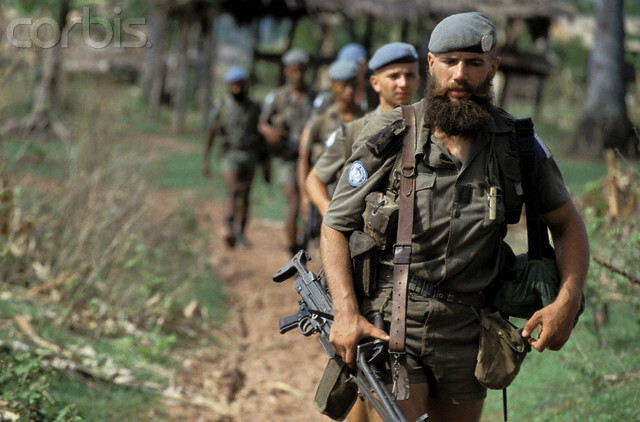
The Spanish Foreign Legion
Modeled after its French counterpart, the Spanish Foreign Legion leverages shared linguistic and cultural ties to build cohesion. Created to provide a corps of professional soldiers for Spain’s colonial wars, it demonstrated how strategic recruitment could fill manpower needs while maintaining high combat standards.
For a long time, the Spanish Foreign Legion was the only unit in the Spanish Army that included both Spanish and foreign personnel. The admission of foreigners was halted in the early 1980s, but following the abolition of conscription in the 2000s, the Legion resumed recruiting foreign nationals, primarily Spanish speakers from Latin America.
Today, the requirements to join the Spanish Foreign Legion include:
Spanish citizenship (nationals from former Spanish territories are also eligible; foreign applicants must possess a valid Spanish residency permit).
Being in good legal standing and having no history of being deprived of civil rights.
Being between 18 and 29 years of age at the time of entry into boot camp.
The ability to pass psychological, physical, and medical evaluations.
Currently, the Spanish Foreign Legion consists of 5,000 troops organized into a brigade composed of two tercios (regiments) based in Ronda, Málaga, and Viator, Almería (Andalusia), primarily participating in NATO peacekeeping missions. Two additional independent tercios are stationed in the Spanish North African exclaves of Ceuta and Melilla. The Legion operates under the direct control of the Spanish Chief of Staff.

The U.S. MAVNI Program
The U.S. Military Accessions Vital to the National Interest (MAVNI) program recruited immigrants with critical skills, from medical expertise to language proficiency, offering expedited U.S. citizenship in exchange for service. This model illustrates how targeted recruitment can simultaneously enhance national defense and national human capital, attracting talent that drives innovation.
Launched in 2008 by the U.S. Department of Defense, the program aimed to recruit legal non-immigrants with skills critical to the military. Eligible candidates included healthcare professionals and language experts proficient in languages such as Pashto and Persian. Successful applicants, typically enlisting as junior enlisted personnel, were granted U.S. citizenship upon completion of Basic Combat Training (BCT).
MAVNI produced notable success stories, such as Paul Chelimo, a 2016 Olympic silver medalist in the 5000 meters, and Saral K. Shrestha, a MAVNI recruit from Nepal who served with the U.S. Army’s 3rd Special Forces Group and was named Soldier of the Year in 2012. Other MAVNI recruits also shared their experiences.
MAVNI recruits tended to have higher levels of education and lower attrition rates than regular enlistees, with many being assigned to Special Operations units due to their language skills.
Initially a one-year pilot program with a cap of 1,000 recruits, it was suspended after the Fort Hood shooting in 2009 but reinstated in 2012 with enhanced screening procedures. In 2014, the program was extended until 2016 with a limit of 5,000 recruits.
However, MAVNI was suspended indefinitely in December 2016, leaving over 4,000 immigrant recruits in limbo. The suspension led to legal challenges citing inadequate background checks and allegations of disparate treatment of MAVNI soldiers.
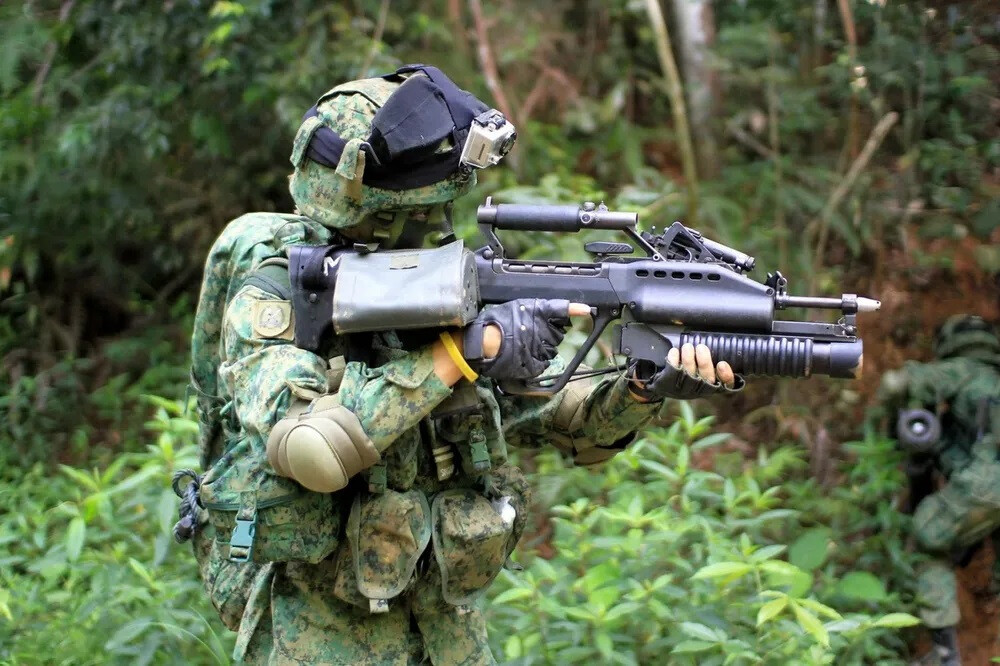
The Indian Gorkha Regiments: A Regional Blueprint
At India’s independence in 1947, six Gorkha regiments of the British Indian Army were transferred to the Indian Army as part of the Tripartite Agreement between the UK, India, and Nepal. These units are primarily composed of soldiers recruited from the Gorkha communities of Nepal.
Additionally, the 7th Gorkha Rifles was re-raised in the Indian Army to accommodate those dedicated Gorkha soldiers of the 7th and 10th Gorkha Rifles who chose not to join the British Army.
India’s integration of Nepalese Gorkha mercenaries into the Gorkha Regiments offers a compelling regional precedent. Selected through rigorous physical and mental evaluations, Gorkha soldiers are renowned for their valor and loyalty, playing crucial roles in conflicts with China and Pakistan. India’s success rests on three pillars:
Stringent Selection: Only one in 30 applicants is accepted, ensuring elite standards.
Cultural Synergy: Respect for Gorkha traditions fosters pride and unit cohesion.
Citizenship Pathway: Long service often leads to naturalization, deepening ties with India.
5. The Singapore Gurkha Contingent: A Domestic Proof of Concept
Since 1949, the Gurkha Contingent (GC) of the Singapore Police Force has been a cornerstone of domestic security, excelling in counter-terrorism and riot control. Recruitment is meticulously conducted, emphasizing both physical and mental fortitude to select only the most capable individuals.
The Gurkha Contingent functions as a specialized guard force and a counter-terrorism unit, deployed for high-security situations such as major national events and potential civil unrest. Their neutrality is a crucial asset in sensitive situations, and they are known for their discipline, professionalism, and operational effectiveness. Living in self-contained camps, they maintain a distinct identity and culture within the SPF.
Their success underscores that foreign recruits, subject to rigorous screening and training, can become indispensable assets to national institutions. The GC’s success provides a ready blueprint for potentially expanding foreign recruitment into the SAF.
The GC’s long-standing success demonstrates the feasibility of integrating foreign recruits into Singapore’s security apparatus. Their model highlights the importance of stringent selection processes, thorough training and integration, strong unit cohesion, and careful consideration of living arrangements.
However, extending foreign recruitment to the Singapore Armed Forces (SAF) requires careful consideration of the implications for national security, social cohesion, logistical and administrative challenges, and the differences between policing and military roles. Recent incidents involving some Gurkha Contingent members in illegal activities also highlight potential risks that would need to be addressed.
Essentially, while the GC offers a valuable case study, its specific model would need to be adapted to the unique requirements and considerations of the SAF.
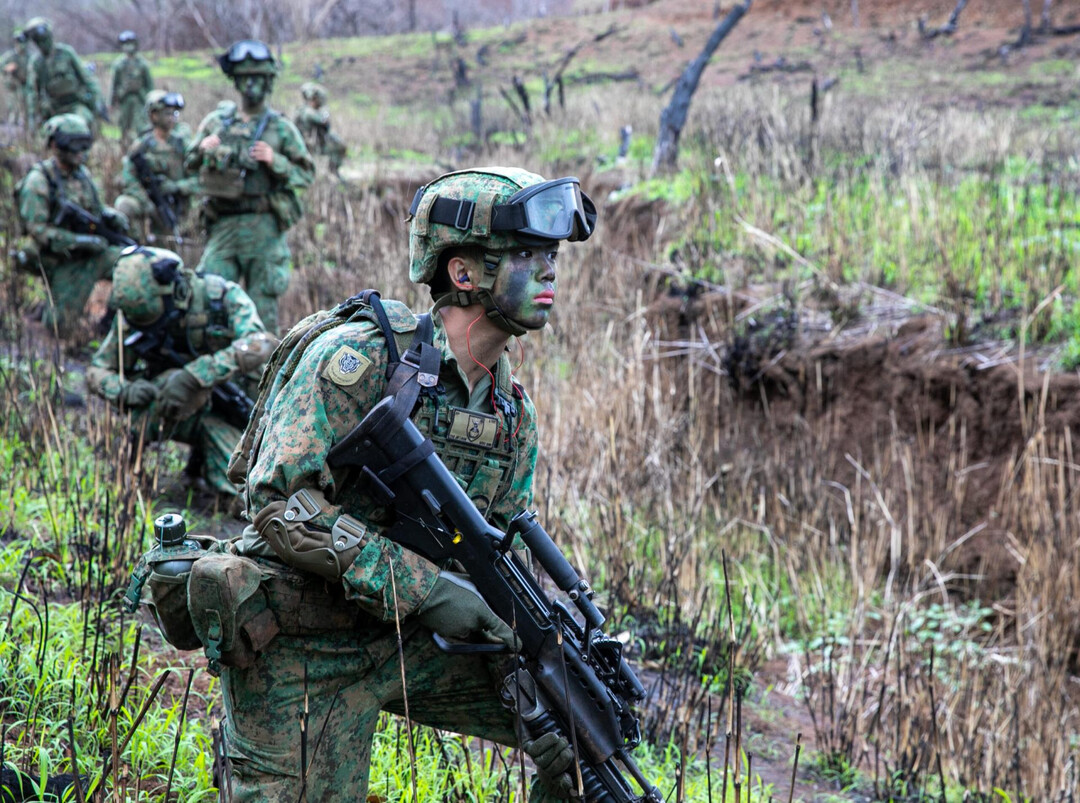
Strategic Implications for Singapore
To address the long-term manpower challenges facing its security apparatus, particularly the Singapore Armed Forces (SAF), Singapore should establish a structured and merit-based system for foreign recruitment, while also expanding recruitment efforts for both locals and foreigners across age demographics. The proven models of the British Army, the U.S. MAVNI program, and the FFL offer valuable insights into effective foreign recruitment strategies.
The British Army focuses on recruiting from Commonwealth nations and offers structured career paths with opportunities for promotion from enlisted ranks to officers. However, the lack of direct citizenship incentives may make it less appealing to those seeking naturalization.
Conversely, the U.S. MAVNI program targets highly skilled non-citizens already residing in the U.S., offering a fast track to citizenship but limiting recruits to enlisted positions without opportunities for officer commissioning. This is attractive for those seeking citizenship but less so for those aiming for higher ranks.
The FFL stands out by accepting foreigners from all backgrounds and providing a unique pathway to French citizenship and a new identity. Its provision for naturalized Legionnaires to rise through the ranks to become officers offers a clear path for long-term career growth.
As Singapore considers expanding foreign recruitment into the SAF, it can leverage these models, particularly the FFL’s inclusivity and career progression opportunities.
Targeted recruitment should focus on countries with cultural, social, and legal commonalities, such as Commonwealth and Southeast Asian nations, as well as specific regions like Nepal and parts of India where martial traditions align with military requirements.
A rigorous vetting process, including thorough background checks, psychological evaluations, and loyalty assessments, similar to those used by the FFL and the Indian Army, is essential to ensure the suitability and trustworthiness of recruits. Additionally, offering a clear pathway to citizenship for those who serve with distinction can encourage long-term commitment and incentivize exemplary service.
In parallel with recruitment efforts, the SAF must embrace advanced technology to enhance operational efficiency. Deploying unmanned systems like drones and AI can reduce reliance on manpower while significantly enhancing surveillance and strike capabilities. Furthermore, assigning conscripts and reservists to roles that leverage civilian expertise, such as engineers managing drone fleets, can optimize the utilization of available talent.
To attract and retain recruits familiar with the digital landscape, the SAF is already modernizing training through gamification and flexible roles, making the experience more engaging and relevant for younger generations. These initiatives, combined with strategic foreign recruitment, can bolster Singapore’s military strength while effectively addressing its manpower challenges.
Critics may argue that foreign recruitment could dilute national identity or pose security risks. However, international precedents counter these concerns.
Ensuring Security: The French Foreign Legion and Indian Gorkha mercenaries demonstrate that stringent vetting and ongoing monitoring mitigate risks.
Fostering Cultural Cohesion: Military service itself fosters a sense of unity. The unique integration within Singapore’s GC, where recruits learn Malay and adopt local customs, proves that diversity can strengthen, rather than weaken, an institution’s identity.
Loyalty Through Inclusion: Naturalization policies, as seen in the U.S., transform recruits into stakeholders invested in Singapore’s success.
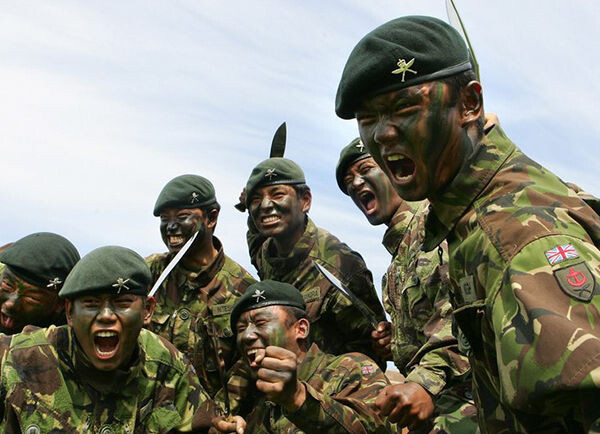
Implications for National Service
Faced with demographic challenges of low birth rates and a shrinking local workforce, the SAF could consider adopting models of foreign recruitment, drawing from the U.S. MAVNI or the FFL. However, complementing Singapore’s National Service (NS) is not merely a matter of numbers. Reforming NS touches upon every facet of operational readiness, cultural identity, legal frameworks, and national pride.
In terms of operational and strategic considerations:
Manpower and Skills Gap: With a decreasing pool of available local personnel, the SAF may face challenges in maintaining its readiness. Schemes like MAVNI, which attract recruits with specialized skills such as language and medical expertise, could fill critical gaps. Similarly, an FFL-style program could broaden the skill base of the armed forces by attracting a diverse range of applicants.
Training and Integration: Integrating foreign recruits would necessitate overcoming language barriers, cultural differences, and variations in military practices. Successful integration would require additional resources for language courses, cultural orientation, and adjustments to operational doctrines. Long-term success hinges on robust mentorship, comprehensive cross-cultural training, and designated units mixing foreign and local talent.
Command and Unit Cohesion: Integrating non-citizens into a traditionally citizen-centric military could present challenges in maintaining discipline, ensuring loyalty, and fostering unit cohesion. Adjustments to command structures and personnel management would be essential to address diverse cultural expectations and military traditions.
In the realm of social and cultural impact:
National Identity and the Citizen-Soldier Ethos: National Service is a cornerstone of Singaporean identity, a shared rite of passage that reinforces a sense of communal responsibility. Introducing foreign recruits could raise concerns about diluting this tradition and undermining the citizen-soldier ideal.
Perceptions of Fairness: Local citizens might view foreign recruitment as creating a two-tiered system, potentially eroding the perceived fairness and sanctity of National Service. Such perceptions could fuel domestic debate and challenge the social contract underpinning NS.
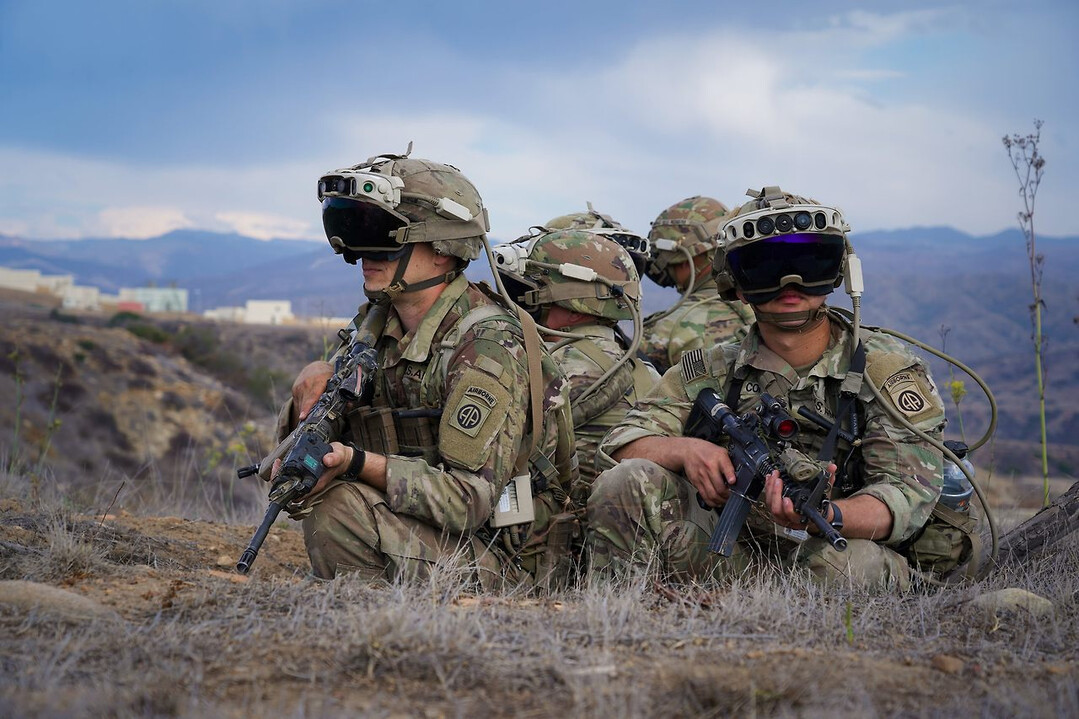
Regarding navigating the legal and policy framework:
Citizenship and Residency Policies: Programs modeled after MAVNI often offer pathways to citizenship or residency. Adapting such models to Singapore would require amending immigration and security screening laws while carefully defining the rights and responsibilities of these recruits.
Legal Liabilities and Loyalty: Robust legal safeguards must be in place to ensure loyalty, protect sensitive information, and provide recourse in case of breaches. Introducing non-citizens into defense roles necessitates stringent vetting and clear protocols for accountability.
Altering the NS model could ignite intense domestic debate. Balancing pragmatic security needs with the traditional values of NS is likely to prompt close scrutiny and passionate discussion among policymakers and the public alike.
Furthermore, foreign recruitment could reshape how Singapore’s defense policies and national identity are perceived regionally and internationally. Diplomatic finesse would be essential to maintain a positive image and ensure stability on the global stage.
Strategically, foreign recruitment can be a double-edged sword. While it promises enhanced capabilities through specialized skills and crucial manpower boosts, it also risks diluting the citizen-soldier ethos central to Singaporean identity.
A balanced, hybrid approach might offer an ideal compromise: maintaining the traditional citizen-soldier framework while establishing dedicated units for foreign recruits. This nuanced strategy would allow the SAF to leverage external expertise without fundamentally altering its core national defense identity.
Integrating or otherwise accommodating foreign recruits within Singapore’s security apparatus and other institutions tied to National Service demands a multifaceted strategy:
Robust integration programs to bridge cultural, linguistic, and operational gaps.
Revised legal frameworks to ensure clear pathways to citizenship, loyalty, and accountability.
Transparent public discourse that balances modern security needs with deeply ingrained national identity.
While the potential benefits of addressing manpower shortages and introducing new skills are compelling, the risks to the enduring values of NS necessitate careful and deliberate planning.
[Copyright (c) Global Economic Times. All Rights Reserved.]



























